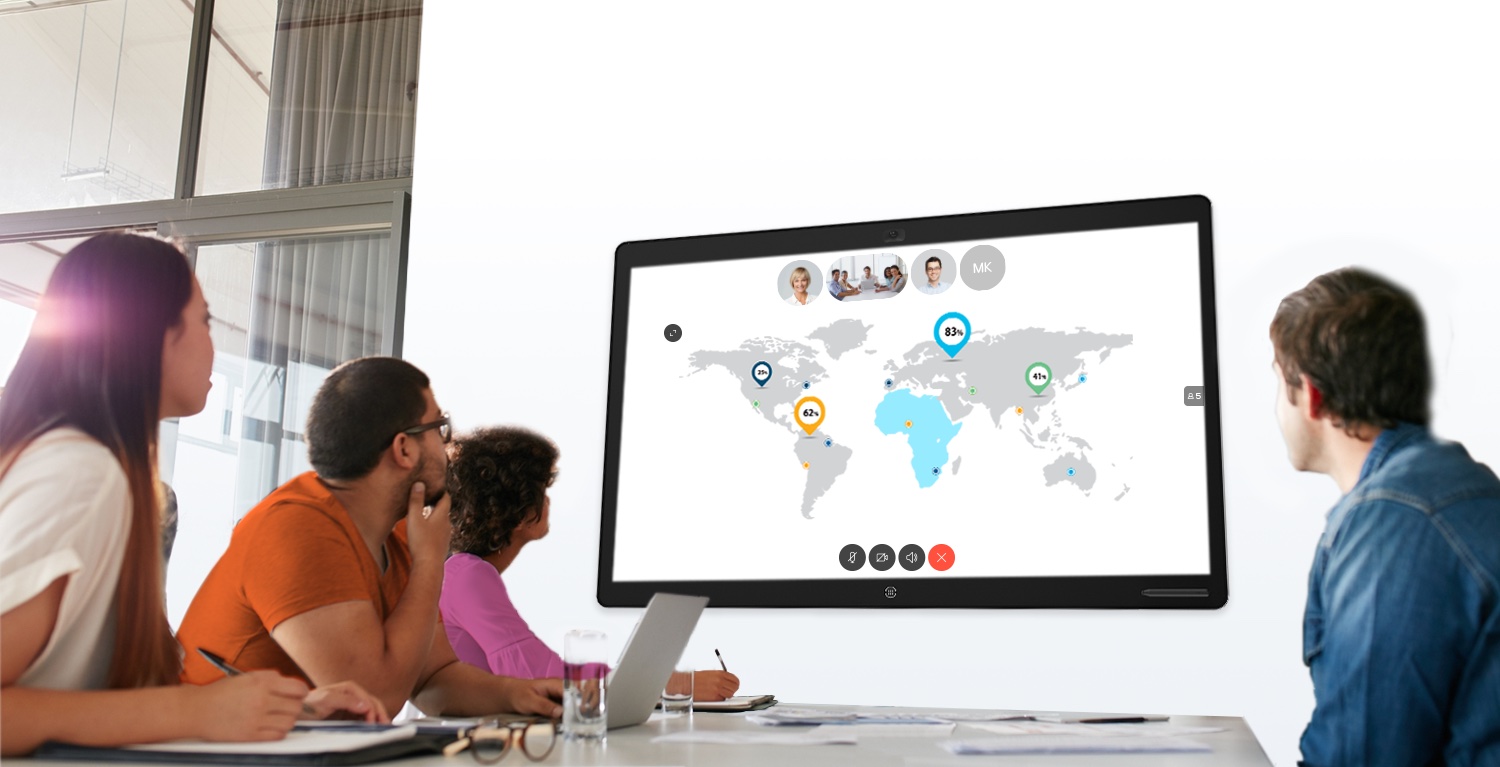In March 2017, Cisco announced the impending arrival of two brand new room systems called Spark Room Kit Plus, and Spark Room Kit. These kits are almost complete video-conferencing systems, they simply lack a physical display. Each system comes with cameras, speakers, and microphones. The main difference is that the “Plus”, has four fixed cameras, and the standard kit has one.
The room kits follow the announcement of the Spark Board which was launched last January. The Spark Board offers a touchscreen solution for whiteboarding, and works in conjunction with Cisco Spark. On the other hand, the room kits can be used with cloud-services like Spark and WebEx, or on-premises infrastructure. Even though they use advanced tech, the kits are designed for small to medium-sized rooms.
A Simple Answer to Collaboration
Over the years, some of the most appealing room cameras have come with tilt, zoom, and pan. However, this can add distraction to a meeting space. Even automated solutions create movements and sounds that distract and detract from the meeting.
However, the new room kits offer automation with visual and audio cues that adjust cameras, all without the moving parts. Everything is connected thanks to high-resolution 5k cameras, and sensors enable digital processing without damaging the quality of the connection. You can even access a remote for the cameras on your smartphone if you need to.
Artificial Intelligence Developments
What makes the room kits even more impressive, is the fact that you can ask them questions, such as whether you can join or end a conference, and what time it is in another part of the world. The conversational elements are delivered by back-end services, and the Nvidia Tegra X1 chips implemented by Cisco. These are the chips used across Facebook’s virtual reality headsets, and Tesla cars.
Cisco are planning on using the latest technology for the purpose of facial recognitions. Right now, the systems can automatically frame pictures and pinpoint faces. The telemetry data provided can include the number of faces in a conference, and Cisco has previewed a feature which can display each participant’s name on the screen to facilitate better analytics.
Stunning attention to Detail
It’s worth noting that the room-kits also include a great deal of physical attention to detail. The video equipment used by Cisco, including the Spark Board, has been designed in the Oslo design centre. Each kit is wrapped in custom textiles that are stain-resistant and perfect for sound.

Similarly, many of today’s video systems rely on built-in speakers in a television, but Cisco have simplified the process by including speakers with their solution. Because including speakers in the same place as 5k cameras would cause problems with vibration, the company have used a number of small speakers which point in opposite directions, balancing vibration and improving sound.
New Options for Collaboration
Thanks to the delivery of Spark and these new meeting rooms, Cisco is one step closer to providing a seamless meeting experience. The room kits can be deployed with Cisco premises-based solutions, or as end-points as part of the Spark hosted service.
It seems that with the announcement of this news, it’s fair to say that 2017 is going to be a great year for video, with Logitech, Microsoft, Google, and Cisco all targeting unconnected rooms. As the competition increases, enterprise-wide conferencing solutions are becoming more incredible.
Cisco’s approach to video collaboration is unique because the company intends to expand the market with advanced new technology. Additionally, the brand see its Spark service as the next step in conferencing and collaboration. Although there are other competing services, none have their own integrated and customised hardware.







